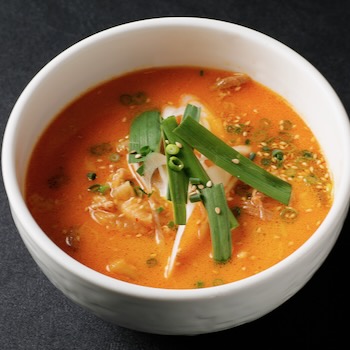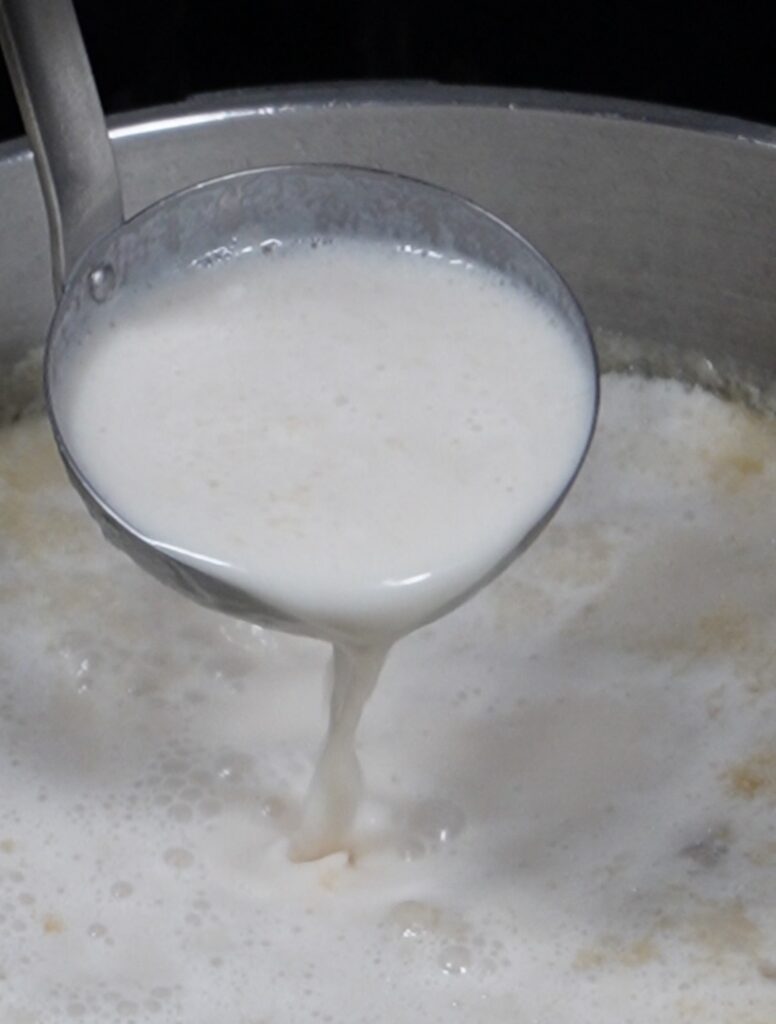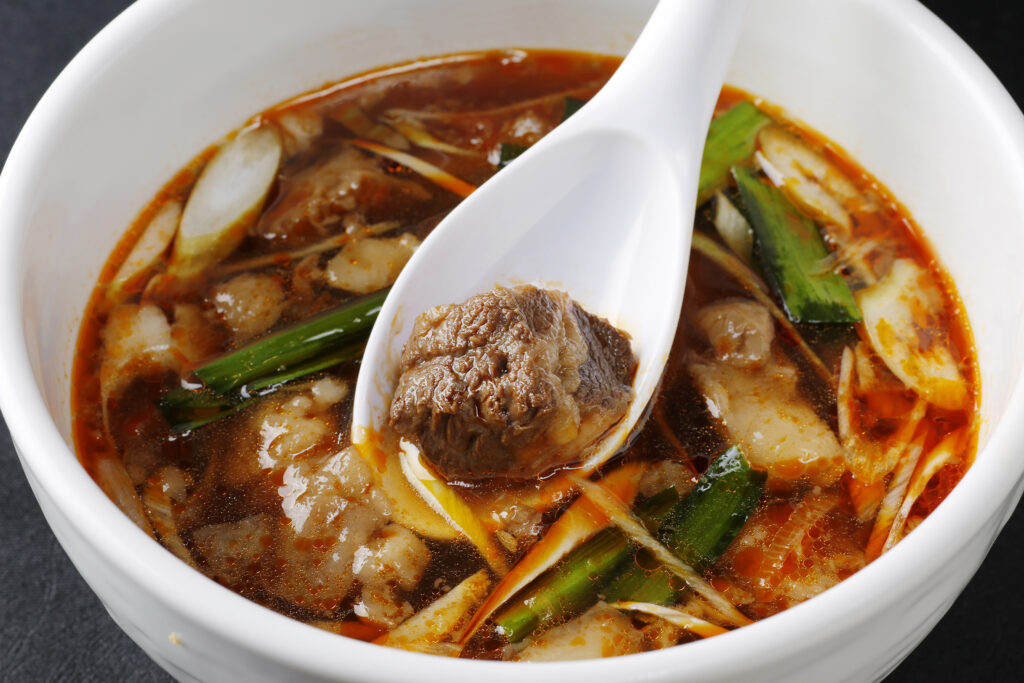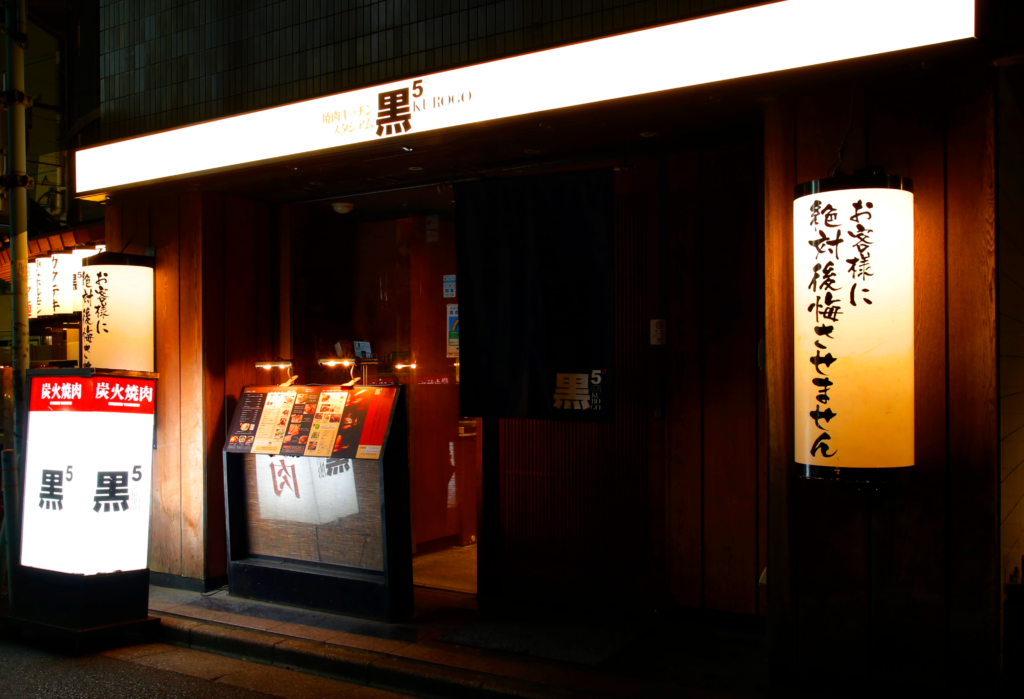Have you ever sat at a yakiniku table wondering, “Should I get Yukgaejang or Galbitang?”
They might look alike, but in truth, these are two completely different dishes.
From the cut of meat to the soup base and cooking process, everything is distinct.
Names and Origins

The difference starts right from their Korean names:
- Yukgaejang (육개장) = “Yuk” (beef) + “Gaejang” (spicy soup)
- Galbitang (갈비탕) = “Galbi” (short ribs) + “Tang” (soup)
Yukgaejang is all about spicy depth and aroma,
while Galbitang is focused on gentle umami and richness.
They may both be Korean beef soups-but they aim for very different pleasures.
How They’re Made
Yukgaejang

For Yukgaejang, most restaurants use trimmings from beef cuts during prep.
It’s rare to slice premium short rib meat just for this soup unless orders are heavy.
The meat, along with bean sprout namul, bracken, and green onions, is stir-fried with gochujang (Korean chili paste) to bring out its aroma, then simmered with beef tendon broth.
In many yakiniku restaurants, the soup is made “to order” – a quick, spicy stir-fry topped with broth.

At Kuro5, however, it’s made differently.
The beef and vegetables are stir-fried with gochujang, then simmered in a large pot for hours and portioned in advance.
When an order comes in, it’s reheated and finished with freshly added bean sprouts to keep that crunchy texture.
Instead of the usual beef tendon broth, Kuro5 uses a rich collagen broth made from beef bones and chicken feet slowly extracted under pressure.
The result is a deep, thick flavor with a smooth and balanced spiciness.
Galbitang

Galbitang, on the other hand, cannot be made to order.
That’s because it uses a specific cut: the outer layer of the short rib, called “kaburi” in Japanese.
This “kaburi” meat is tougher and unsuitable for grilling, but perfect for long simmering dishes like Galbijjim (braised ribs).
For Galbitang, the ribs are slowly braised in a soy-based sauce until tender, then the broth is blended with vegetables and beaten egg before serving.

The taste is soy-sauce-based, mild, and full of beef richness.
Because Kuro5 does not use rib cuts like this, Galbitang is not part of our menu.
Taste and Texture Comparison
| Category | Yukgaejang | Galbitang |
|---|---|---|
| Base flavor | Gochujang (spicy) | Soy sauce (mild) |
| Meat cut | Beef trimmings | Outer rib “kaburi” |
| Cooking style | Stir-fried then simmered | Slowly braised in advance |
| Spice level | Hot and bold | Gentle and savory |
| Aroma | Sesame oil, garlic, chili | Soy, beef broth |
| Role | Main meal soup | Finishing or side soup |
Summary
Yukgaejang is a stimulating, spicy soup that awakens your appetite,
while Galbitang is a comforting, slow-simmered dish that soothes the body.
Both are staples of Korean cuisine, but they’re worlds apart in how they’re made.
About KURO5
Yakiniku Kuro5 has locations in Kabukicho and Ikebukuro, Tokyo.
Here, Yukgaejang is not made in the instant “stir-fry style” but through traditional slow-simmering in a collagen-rich beef and chicken bone broth.
This method creates a flavor that’s not just spicy-but deep, rich, and satisfying.

Wagyu Yakiniku Kuro5
IKEBUKURO Main Restrant
1F Shima 100 building ,2-46-3, Ikebukuro, Toshima-ku , Tokyo 171-0014
https://en.kuro5.net/restaurant/honten
Wagyu Yakiniku Kuro5
IKEBUKURO East Exit Restrant
2F Need Building, 1-42-16 Higashi-Ikebukuro, Toshima-ku, Tokyo 170-0013
https://en.kuro5.net/restaurant/higashiguchi
Wagyu Yakiniku KURO5
Kabukicho
1F Sankei Building, 2-21-4 Kabukicho, Shinjuku-ku, Tokyo
https://en.kuro5.net/restaurant/kabukicho
Official Instagram: @kuro5yakiniku





